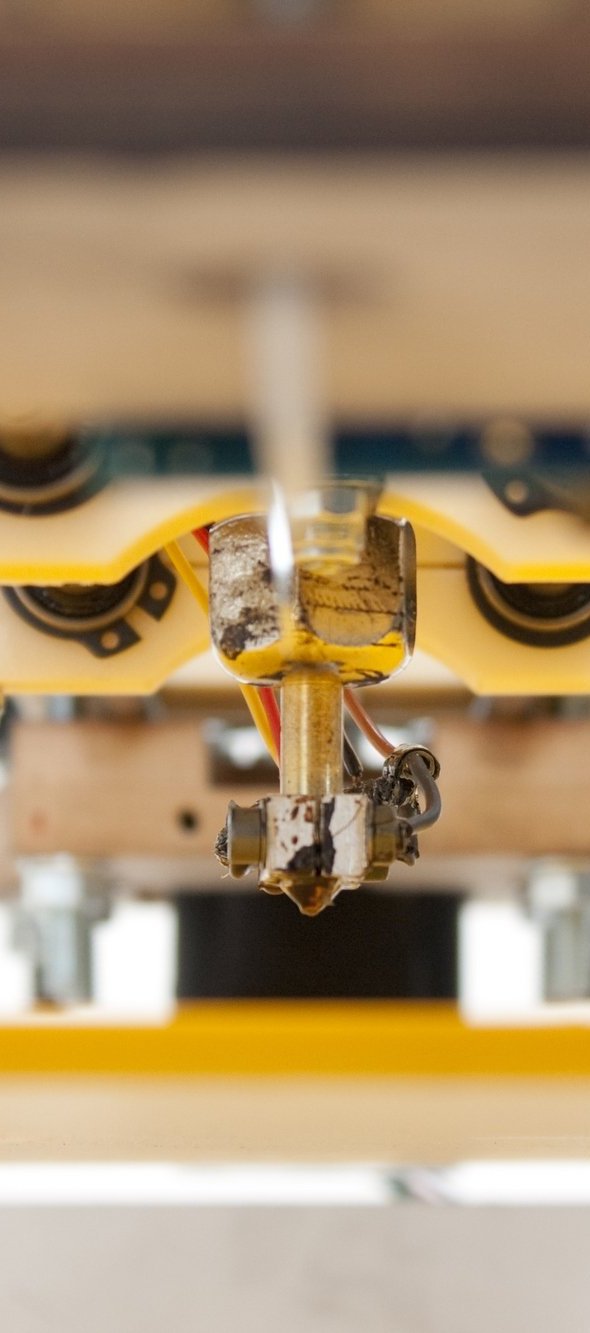The dynamic development of additive manufacturing (AM) in the last decade is one of the major technological themes affecting the entire spectrum of industrial sectors. Additive technologies have a considerable potential to replace or to suitably complement established conventional production processes and to bring a high added value. Industry 4.0. defines AM as one of the priority themes in the area of advanced production technologies, designed especially for the engineering industry. The portfolio of AM has a wider use in many production processes, prototyping, production of optimised components, production of complex shape and varied parts, and functional units or tools. Additive technologies which are able to process metals, plastics, and ceramics represent a flexible, are widely applicable production systems which work directly with the digital data. The technologies allow to produce complex shaped products which can combine multiple functions or significantly reduce the number of parts in machine assemblies. The industrial production that will integrate and make use of the benefits of advanced AM, will gain an unquestionable advantage. The implementation of AM leads to minimisation in consumption of materials, reduction of wastes, and the decrease of negative impacts on the environment.
The effective use of AM is subjected to the ability to integrate software tools for digital modelling and simulations, the materials and their properties, and specific principles and procedures of AM. The new approaches can be used with advantage to solve structural problems, e.g. bionic and generative design, design using material microstructures , hybrid design, and auxtetic structures . The application of these approaches allows to generate 3D data, suitable for this very use of AM. The aim of software optimisation of 3D data is to achieve the effective use of material mass regarding a required function, e.g. mass against mechanical properties, the distribution of materials with respect to its own frequency, heat exchange surfaces area and cooling time, or the geometry of structures against electromagnetic properties. Thus, completely new concepts and realization of products are being created, which were not possible or very difficult to achieve in the past. At the same time, there is a rise in the ability to integrate thus produced parts into mechatronic units and applications, which cover areas of mechanics, control, electronics, sensors, including the use of smart materials.
Beside digital modelling and optimisation methods, it is necessary to extent the portfolio of materials, either by processing existing materials or by creating new materials intended for 3D printing. The materials processed by AM have different mechanical and physical properties than materials made conventionally. The knowledge of mechanical properties, fatigue behaviour, and the mechanisms of damage of these materials is the basic prerequisite for their use not only in industrial applications but also in e.g. medicine. Additive manufacturing, unlike conventional technologies, allows combining multiple materials within the scope of one part. This leads to multimaterial components with new properties, e.g. targeted energy dissipation, optimisation of the use of thermal energy, enhancement of the surfaces protection, increase of corrosion resistance, etc. A unique group are materials intended for medical use and bioapplication, typically materials for implants , replacements of human body parts, orthotic aids, and for the reconstruction and bioprinting of new organs.
